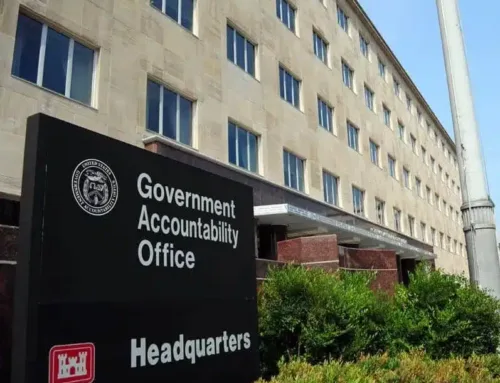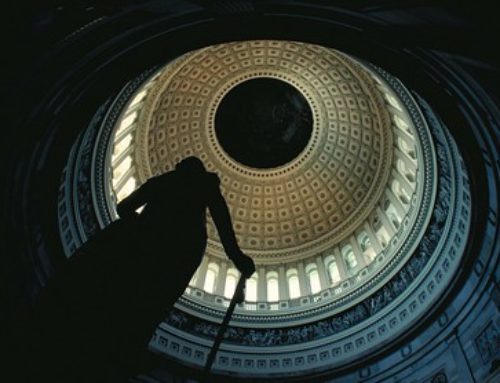The Department of Homeland Security and several smaller agencies would receive additional funding or, in the case of the Federal Emergency Management Agency, additional responsibilities, in the proposed package. In general, we’d like more guidance when spending this kind of money. But we’re pleased to see emphasis placed on oversight of exactly how the money is spent. A few interesting tidbits we found as we read the bill.
- The Department of Homeland Security is slated to receive an additional half billion dollars for the “Office of the Chief Readiness Support Officer” for sustainability and environmental programs at DHS. The entire section of the bill devoted to that money is a mere 53 words long. So what’s that? About $9.5 million per word? The money remains available until the end of Fiscal Year 2028, so plenty of time to spend that money but…not a lot of guidance!
- The quasi-governmental United States Postal Service (USPS) is granted $3 billion to be spent between now and the end of Fiscal Year 2031 to purchase zero-emission delivery vehicles and whatever physical infrastructure is required to support those vehicles at facilities owned or leased by USPS. Seems to us this approach was attempted before and the contracts were pulled back at the last moment. We need the USPS governing board to actually use this money for the intended purposes. The bill language is remarkably namby-pamby – no directive “shall” language, simply noting the money is available for these two purposes. We think it’s going to be a fight to get this money spent. But the USPS Inspector General is given an additional $15 million to “support oversight” of the “activities pursuant to this Act.” Maybe that’ll do it.
- The Government Accountability Office receives an additional $25 million to implement oversight of the use of funds in the overall bill and the equitability of the “economic, social, and environmental impacts” of all these billions of dollars. That’s a lot to ask for a relatively small amount of new money.
- But, luckily, the Office of Management and Budget (OMB) also gets an additional $25 million to oversee the implementation of the overall bill and to, “track labor, equity, and environmental standards and performance.”
- The Federal Emergency Management Agency (FEMA) may “provide financial assistance” for “costs associated with low-carbon materials; and incentives that encourage low-carbon and net zero energy projects” including any potential increase in the federal cost share of the projects as part of the pre-disaster mitigation program, Hazard Mitigation Grant program, and post-disaster repair of state and local facilities. Interestingly, no specific dollar figure is put against this new financial assistance program.
- The Environmental Review Improvement Fund is slated to receive an additional $70 million for…something. What that money is for is not laid out in the bill text.







Get Social